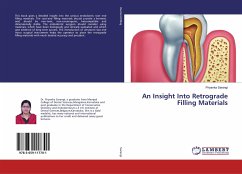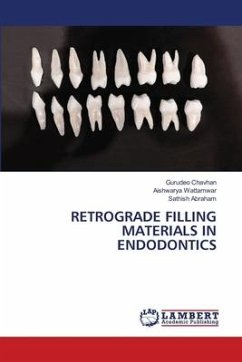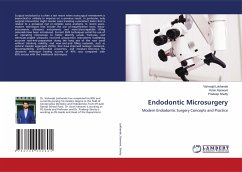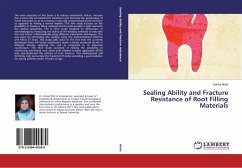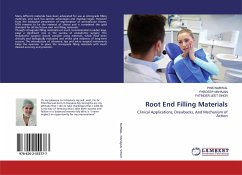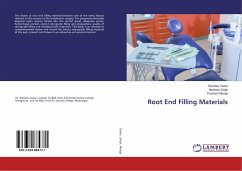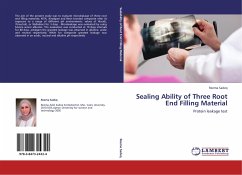
Root End Filling Materials
Versandkostenfrei!
Versandfertig in 6-10 Tagen
40,99 €
inkl. MwSt.

PAYBACK Punkte
20 °P sammeln!
Root-end filling materials are crucial in periradicular (apical) surgery, especially during apicoectomy, to seal the cavity at the resected tooth apex. Their main function is to prevent microleakage of bacteria, toxins, and fluids between the root canal and surrounding tissues, thereby ensuring successful healing. Over time, materials such as amalgam, glass ionomer cement, composite resins, and Mineral Trioxide Aggregate (MTA) have been used. Currently, bioceramic materials like MTA and Biodentine are considered the gold standard due to their superior biocompatibility, sealing ability, and reg...
Root-end filling materials are crucial in periradicular (apical) surgery, especially during apicoectomy, to seal the cavity at the resected tooth apex. Their main function is to prevent microleakage of bacteria, toxins, and fluids between the root canal and surrounding tissues, thereby ensuring successful healing. Over time, materials such as amalgam, glass ionomer cement, composite resins, and Mineral Trioxide Aggregate (MTA) have been used. Currently, bioceramic materials like MTA and Biodentine are considered the gold standard due to their superior biocompatibility, sealing ability, and regenerative properties. Traditional materials like IRM, Super EBA, and amalgam are less favored because of poorer biological and sealing qualities. Selecting the appropriate material depends on factors like handling properties ,setting time, biocompatibility, and clinical situation. With ongoing advancements in bioceramics offer promising improvement in outcome of apical surgery. Hence, this book highlights different root end filling materials.



